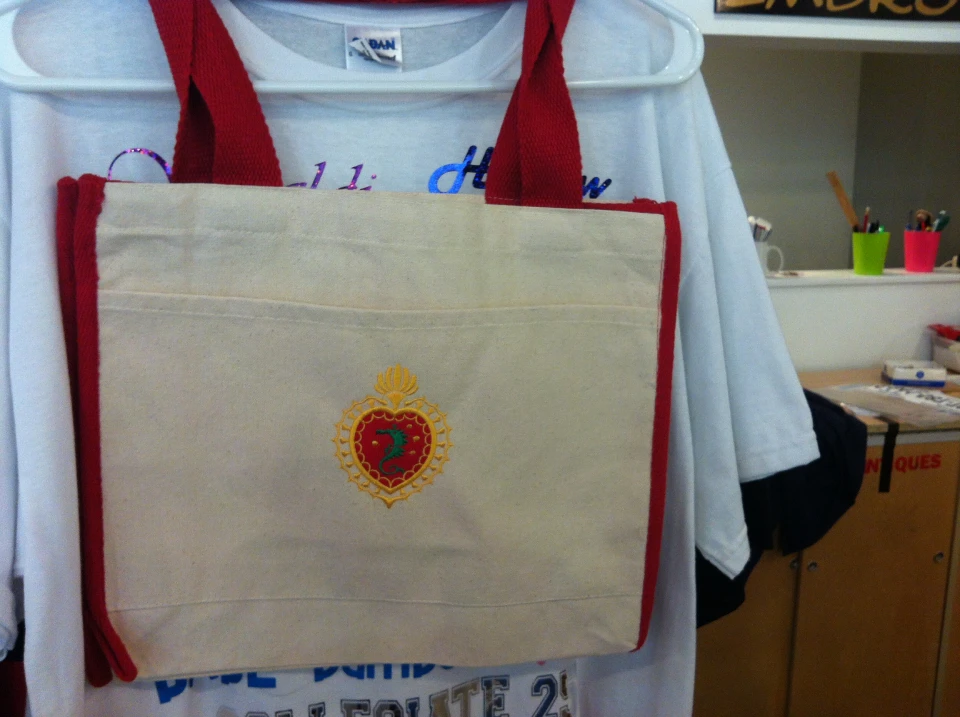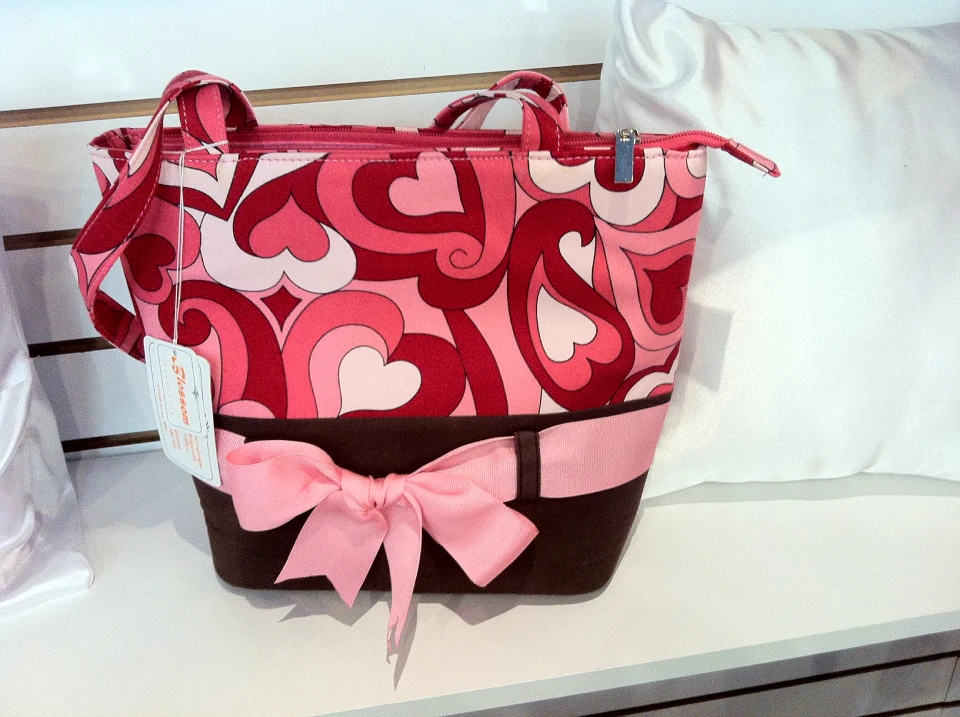Elegant Monogramming on Towels for a Touch of Deluxe
Elegant Monogramming on Towels for a Touch of Deluxe
Blog Article
The Art of Personalized Needlework: Opening the Keys to Creating Special and Unforgettable Styles
The secrets to developing custom-made embroidery layouts that mesmerize the eye and leave a long lasting impact lie in a delicate balance of method, creativity, and focus to information. As we delve right into the world of personalized needlework, we uncover the nuanced interaction between string choice, stitch intricacy, and design customization that elevates a plain garment to a job of art.
Choosing the Right Needlework Threads
When selecting embroidery threads, what essential elements should you take into consideration to guarantee the best outcomes for your personalized layouts? The option of embroidery string is vital in establishing the final end result of your embroidered design. One of the primary considerations is the material of the thread. Various products such as cotton, polyester, rayon, and silk supply differing degrees of luster, resilience, and structure. It is necessary to pick a string product that enhances the fabric you are embroidering on and aligns with the desired appearance of the layout.
Thicker strings can add measurement and structure to your design, while finer strings are perfect for detailed details and small message. Furthermore, thinking about the shade fastness and washability of the thread is crucial to ensure that your customized designs preserve their quality and vibrancy over time.
Checking Out Various Stitch Methods
To explore the world of 'Exploring Various Stitch Techniques', one have to understand the details and nuances that each sewing approach brings to the art of needlework. Various stitch techniques not only include visual rate of interest yet also add to the total texture and dimension of the layout. One popular stitch method is the satin stitch, which entails very closely packed parallel stitches to produce a smooth and glossy surface, ideal for filling up in forms and creating strong details.
On the various other hand, the backstitch is a versatile method commonly made use of for outlining and adding fine information. It entails sewing in reverse to create a solid line of embroidery. Furthermore, the French knot stitch adds a responsive component to layouts, excellent for creating textured accents like flower centers or decorative touches.
Checking out different stitch methods enables embroiderers to have fun with light, darkness, and deepness within their layouts, boosting the aesthetic allure and imaginative top quality of their needlework projects. By mastering different stitching methods, one can unlock endless possibilities for creating distinct and remarkable custom-made embroidery items.
Incorporating Personalized Layout Aspects
Having actually checked out the complexities of various stitch methods such as the satin stitch, backstitch, and French knot, the emphasis now changes towards incorporating tailored style components in custom-made embroidery jobs. Personalized style elements play a vital role in making needlework projects genuinely unique and unforgettable.
An additional method to include customized style elements is by consisting of icons or themes that hold unique meaning to the recipient or show their interests and character. For instance, incorporating a favored flower, animal, or hobby-related icon can make the embroidery style extra meaningful and tailored. In addition, choosing colors that reverberate with the recipient or straighten with the intended style can better enhance the customization of the embroidery job.
Understanding the Art of Shade Coordination

One key element of shade coordination is comprehending shade concept. This includes understanding just how different colors engage with each various other, the i thought about this feelings they convey, and exactly how they can be incorporated to develop visually appealing layouts. By using color theory principles, embroiderers can produce unified shade palettes that enhance the general appearance of the layout.
In addition, taking notice of contrast is important in shade control. Utilizing contrasting shades can aid certain elements of the style pop, enhance readability, and develop a visually dynamic embroidery piece. By grasping the art of shade control, embroiderers can boost their layouts and develop memorable pieces that resonate with customers and customers alike.
Enhancing Appearance With Advanced Needlework Stitches

French knots, as an example, are best for including tiny, elevated dots to your layout, mimicking the look of beads or producing a distinctive surface area. Bullion knots, on the other hand, can be utilized to produce twisted, ropelike aspects that include a luxurious feel to the embroidery. Seed stitching involves tiny, scattered stitches that can complete areas with a multicolor structure, while turkey work produces cosy, dimensional accents evocative pet hair or foliage. Explore these sophisticated embroidery stitches allows you to push the boundaries of typical needlework and produce really distinct and visually appealing appearances in your layouts.
Final Thought
To conclude, the art other of custom needlework includes a mix of selecting the right strings, exploring numerous stitch methods, incorporating personalized layout components, mastering shade sychronisation, and enhancing appearance with sophisticated stitches. By understanding and applying these crucial aspects, embroiderers can develop distinct and memorable styles that showcase their imagination and skill. Needlework enthusiasts can unlock the keys to producing beautiful and bespoke items that stand apart and leave an enduring impression.
Report this page